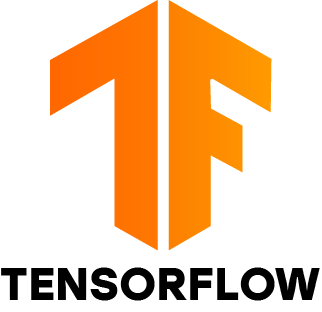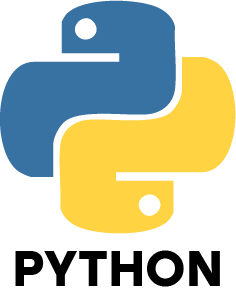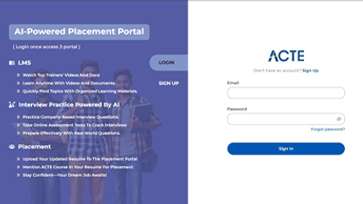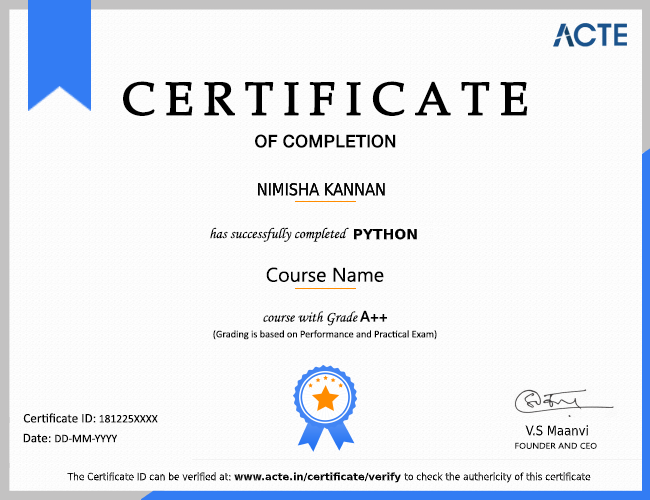Data Science With Python: An Extensive Overview
A comprehensive Data Science with Python training program provides learners with the essential skills to navigate the dynamic landscape of data analytics. This training typically encompasses a multifaceted curriculum, covering foundational Python programming skills, statistical and mathematical concepts, and hands-on experience with popular data science libraries such as NumPy, Pandas, and Scikit-learn. Aspiring data scientists also gain proficiency in handling real-world scenarios, incorporating SQL for database interactions, and leveraging version control systems like Git for collaborative coding. Additionally, the training may touch upon emerging trends such as artificial intelligence, deep learning, and ethical considerations in data science, ensuring participants are well-prepared to tackle complex analytical challenges in diverse domains.
Additional Info
Prerequisites for Data Science with Python Training Program
- Python Programming Skills: Proficiency in Python is fundamental for data science. Understanding data structures, loops, functions, and libraries like NumPy and Pandas is crucial for data manipulation and analysis.
- Statistics and Mathematics: A solid foundation in statistics and mathematics is necessary for understanding and implementing various machine learning algorithms. Concepts such as probability, hypothesis testing, and linear algebra are essential.
- Data Manipulation and Cleaning: Python libraries like Pandas are widely used for data manipulation and cleaning. Knowing how to handle missing data, outliers, and perform data transformations is essential for working with real-world datasets.
- Machine Learning Fundamentals: Basic knowledge of machine learning concepts such as supervised and unsupervised learning, classification, regression, and clustering is essential. Familiarity with algorithms and their applications is beneficial.
- Data Visualization: Proficiency in data visualization libraries like Matplotlib and Seaborn is crucial for creating meaningful and informative visualizations.
- SQL Knowledge: Many data science projects involve working with databases. Knowledge of SQL is necessary for retrieving and manipulating data stored in relational databases.
- Version Control: Collaboration is a key aspect of data science projects. Version control systems like Git help track changes, collaborate with team members, and maintain code integrity.
- Basic Understanding of Big Data Technologies: Awareness of big data tools such as Apache Hadoop and Spark is beneficial, especially as data sizes continue to grow. Python is commonly used in conjunction with these tools for large-scale data processing.
Emerging Trends in Data Science with Python
- Artificial Intelligence and Machine Learning: Incorporating AI and ML into data science procedures is becoming more common. With its extensive libraries, such as TensorFlow and scikit-learn, Python plays a key role in implementing these advanced techniques for predictive modeling, pattern recognition, and decision-making.
- Deep Learning: A subset of machine learning focusing on neural networks, is gaining prominence. Python frameworks like TensorFlow and PyTorch are widely used for deep learning tasks, enabling data scientists to work on complex problems such as image and speech recognition.
- Explainable AI (XAI): As AI systems become more complex, there's a growing need for transparency in decision-making. Python tools and modules are being developed to provide Observations into the inner workings of AI models, ensuring accountability and dependability.
- Automated Machine Learning (AutoML): AutoML simplifies the machine learning process, making it accessible to non-experts. Python-based AutoML tools automate tasks like feature engineering, model selection, and hyperparameter tuning, allowing data scientists to focus on higher-level aspects of the analysis.
- Natural Language Processing (NLP): Python is a go-to language for NLP tasks, including text analysis, sentiment analysis, and language processing. Libraries like NLTK and spaCy make it easier to work with textual data, enabling applications in chatbots, language translation, and content summarization.
- Edge Computing: Processing data at the edge rather than relying solely on centralized cloud servers is becoming more prevalent. Python is used in edge computing scenarios for its versatility in implementing machine learning models on resource-constrained devices.
- Data Privacy and Ethics: With the increasing importance of ethical considerations in data science, Python frameworks and tools are being developed to ensure data privacy and ethical handling of information. This includes implementing secure data pipelines and incorporating ethical considerations into model development.
Future Advancements of Data Science using Python
- Quantum Computing: An emerging field that holds promise for solving complex problems in data science. Python interfaces like Qiskit and Cirq are being developed to enable data scientists to work with quantum computing frameworks.
- Augmented Analytics: The future of analytics involves the integration of AI into analytics tools, providing more intelligent insights. Python, with its extensive ecosystem of AI libraries, will almost certainly play an essential part in the development of these enhanced analytics capabilities.
- Blockchain in Data Science: As data security becomes paramount, the use of blockchain for secure and transparent data transactions is gaining attention. Python is likely to be involved in developing blockchain-based solutions for data integrity and secure data sharing.
- Enhanced Data Visualization: Advanced data visualization tools and techniques are continually being developed to communicate complex insights effectively. Python libraries such as Matplotlib, Seaborn, and Plotly are expected to evolve to meet the demand for more sophisticated and interactive data visualizations.
- Edge AI: Python is likely to be a critical language in the development of AI models designed to run on edge devices. This includes applications in IoT (Internet of Things) where real-time processing of data is essential.
Show More






































